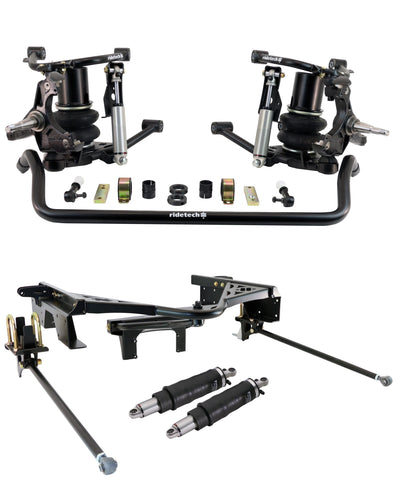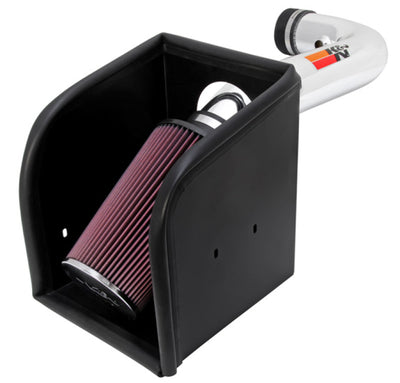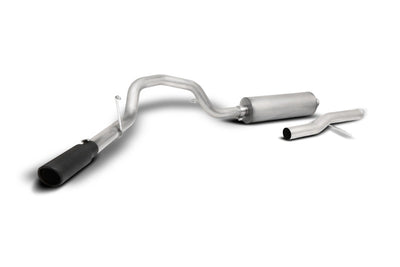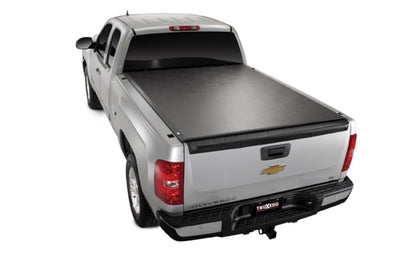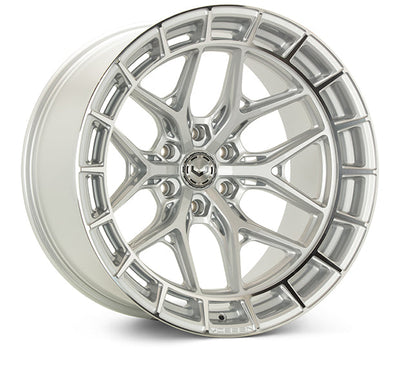Do I Need An Alignment After Lowering My Car?
Lowering a car is a popular modification among automotive enthusiasts, offering benefits such as improved handling, better aesthetics, and enhanced performance. However, one question often arises: Do I need an alignment after lowering my car? The short answer is yes. In this blog, we will delve into the reasons why an alignment is crucial after lowering your vehicle and what you can expect from the process.

Understanding Alignment
Vehicle alignment refers to the adjustment of a vehicle's suspension. Proper alignment ensures that the tires meet the road at the correct angle, the wheels are pointing straight, and the tires are centered in the wheel wells. The primary aspects of alignment include camber, caster, and toe, all of which can be affected when you lower your car.
Why Alignment is Necessary After Lowering
When you lower your car, you change the geometry of the suspension. This alteration can cause misalignment, leading to several issues. First, the camber, which is the angle of the wheels in relation to the ground, can become more negative, meaning the top of the wheels tilt inward. While a certain degree of negative camber can improve handling, too much can cause uneven tire wear. Secondly, the toe, which refers to the direction the tires point relative to the centerline of the vehicle, can also be affected. Incorrect toe settings can lead to poor handling and increased tire wear. Lastly, the caster, which affects the steering and stability of the car, can be altered, impacting the overall driving experience.
Benefits of Proper Alignment
Ensuring your car is properly aligned after lowering provides numerous benefits. One of the most significant advantages is improved tire wear. Misalignment can cause tires to wear unevenly, reducing their lifespan and increasing the need for frequent replacements. Proper alignment ensures that the tires wear evenly, extending their life and saving you money in the long run. Additionally, a correctly aligned vehicle handles better. Improved steering response and stability enhance the overall driving experience, making your car safer and more enjoyable to drive. Lastly, proper alignment can improve fuel efficiency. Misaligned wheels create additional resistance, causing the engine to work harder and consume more fuel. Correct alignment reduces this resistance, potentially improving your vehicle’s fuel economy.
The Alignment Process
The alignment process after lowering a car is similar to a standard alignment but may require more attention to detail due to the changes in suspension geometry. It involves adjusting the angles of the wheels to the manufacturer’s specifications or to settings that suit your driving needs. A technician will use specialized equipment to measure the camber, caster, and toe angles and make the necessary adjustments. It is crucial to have the alignment performed by a professional who is experienced with lowered vehicles, as they will understand the specific requirements and challenges that come with altered suspension systems.
How Often Should You Check Alignment?
While it is essential to get an alignment immediately after lowering your car, it is also important to regularly check your alignment to maintain optimal performance. It is recommended to have your alignment checked at least once a year or every 10,000 miles, whichever comes first. Additionally, if you notice any signs of misalignment, such as uneven tire wear, the car pulling to one side, or a crooked steering wheel, you should have your alignment checked as soon as possible.
Conclusion
In conclusion, an alignment is crucial after lowering your car. It ensures that your vehicle handles properly, reduces tire wear, and can even improve fuel efficiency. At The Lowered Company, we emphasize the importance of alignment as part of the lowering process to help you get the most out of your vehicle. Ensuring your car is properly aligned not only protects your investment in lowering springs but also enhances your overall driving experience. So, after you lower your car, make sure to schedule an alignment to enjoy the full benefits of this popular modification.


